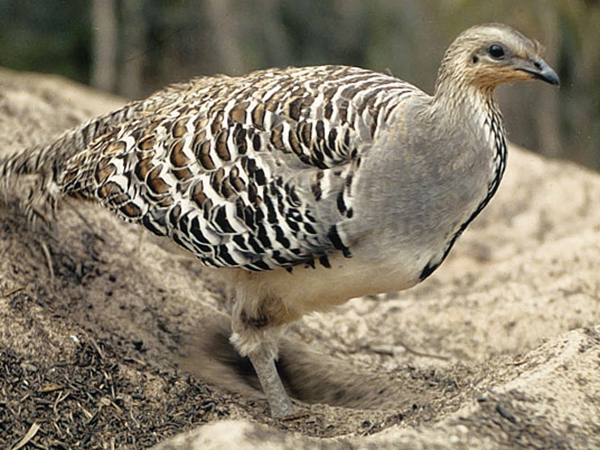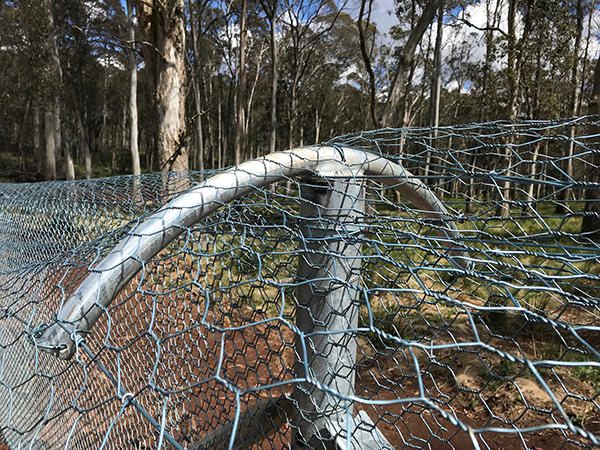Exclusion a solution in the face of extinction

Exclusion fencing is an effective method of protecting the endangered malleefowl.
The malleefowl is an iconic endangered species within the New South Wales area.
It’s a ground-dwelling bird about the size of a domestic chicken.
Malleefowl make easy prey for foxes and are under threat from feral goats and pigs that destroy their nests.
A collaboration between Local Land Services, Waratah Fencing and regional property owner Des Lush, has resulted in the installation of 30 kilometres of fencing at Mount Hope, west of Condobolin.
Using a unique one-exit system, an exclusion fence was built to help protect malleefowl on Des’ property, keeping the birds separate from their predators.
For Des, managing feral animals on his property is a high priority.
“Feral animals are one of the greatest threats to our wildlife and national parks,” he said.
“Goats compete with native animals for food and cause erosion in steeper country.”
Malleefowl chicks are abandoned before they hatch, making them an easy target for predators.
Since the installation of the fence the malleefowl population has rapidly increased.

Umbrella extensions stop vermin from climbing over fences.
Good fencing is an effective place to start when managing feral animals and protecting native species.
A broad range of fencing solutions can help keep animals contained, whilst protecting them from predators, including the choice of wires and posts, or installing aprons and umbrella extensions.
“Malleefowl are amazing creatures and don’t deserve to be wiped out by people and feral animals,” Des said.
“We are trying to help as much as we can. At the end of the day, I think anything we can do to help them is positive.”
- For more information about Waratah Fencing technology or to find out about exclusion fencing tactics, visit waratahfencing.com.au or talk to your local distributor.
Fun facts about malleefowl:
The unusual breeding habits of the malleefowl see the mated pair spend between six and 11 months per year building and maintaining mounds that are approximately four metres wide, by one metre high. The male and female pair work together to ensure the temperature of the mound stays at a constant 33 degrees whilst the female lays up to 18 eggs per breeding season. Just before the eggs hatch, the malleefowl abandon their nest forcing the chicks to fend for themselves.



